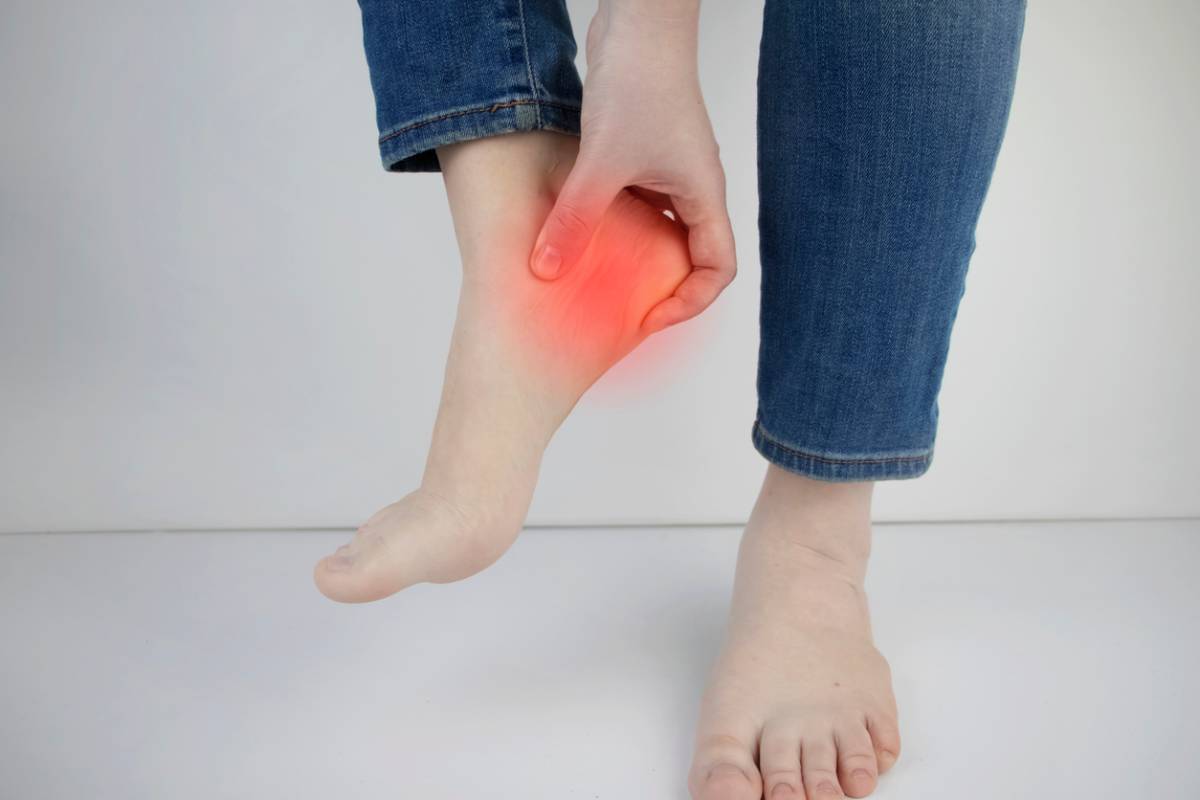Heel spurs, characterized by bony growths that form on the underside of the heel bone (calcaneus), are often associated with conditions such as plantar fasciitis. The development of heel spurs typically arises from repetitive stress and strain on the foot, often exacerbated by improper footwear or physical overexertion. While many individuals consider treatment options ranging from rest and physical therapy to heel spur surgery, a common question arises: Can heel spurs go away without treatment?
Can Heel Spurs Go Away Without Treatment?
In many cases, heel spurs may diminish or become asymptomatic without direct medical intervention. The body’s natural healing processes can sometimes alleviate the pain and discomfort associated with heel spurs, particularly if the underlying causes, such as excessive strain from physical activity or weight, are addressed. Factors such as weight loss, changes in exercise habits, and the use of more supportive footwear can contribute significantly to decreasing heel pain. Hence, while the spur itself may not entirely disappear, the symptoms associated with it can improve, leading to a better quality of life for the individual. In cases where the problem is unable to correct itself, you may need to seek medical care from a podiatrist to ensure the health of your feet.
What Is a Heel Spur?
A heel spur, sometimes referred to as a bone spur, is a bony growth that protrudes where your heel bone connects to the ligament that runs between your heel and the ball of your foot. Heel spurs and plantar fasciitis are related conditions, but they are not the same. Plantar fasciitis is often accompanied by intense, sharp pain, while a heel isn’t typically painful. When a heel spur is causing you discomfort, it often feels like plantar fasciitis.
Causes of Heel Spurs
When stress is placed on your foot ligaments and tendons, it can cause your body to respond in the form of heel spurs. If you suffer from a disorder that affects your balance or coordination, altering the way you walk can cause the covering that lines your heel bone to repeatedly tear, resulting in a bone spur.
Diagnosis
Diagnosis is relatively simple, consisting of a physical examination of your foot and an overview of your symptoms. After that, X-rays are commonly used to diagnose a heel spur definitively. Your healthcare provider will assess your symptoms and review your tests before discussing any treatment.
Management and Treatment
Management and treatment of your heel spur will vary depending on factors related to your case. Typically, the management and treatment of heel spurs consist of the following:
- Resting the affected foot
- Using a cold compress routinely
- Taking oral anti-inflammatory medication
- Wearing footwear with proper arch support and cushioning
Unless you are experiencing pain, treatment typically is not necessary. If it crosses into the realm of discomfort, your podiatrist may discuss surgical correction. Your medical team will discuss everything you need to know to prepare for the procedure and any aftercare instructions.
Prevention
Preventing heel spurs can be as simple as a few minor lifestyle changes. Changes you can make today to avoid the development of heel spurs:
- If running or jogging is part of your exercise routine, opt for surfaces that are soft, like grass, over hard surfaces, like pavement.
- Wear supported shoe inserts.
- If you walk on a hard floor, wear shoes or slippers.
- Modifying the way you walk so it takes pressure away from your heels.
Living with Heel Spurs
Heel spurs are permanent without intervention. Any associated pain can often be managed effectively through non-invasive methods. The key lies in addressing the underlying causes and implementing lifestyle changes. From simple home remedies to professional treatments, there’s a spectrum of options available before considering surgery. Patience and persistence are crucial in this journey. With the right approach, many individuals find relief and improved quality of life, proving that in the battle against heel spurs, hope and healing go hand in hand. Unfortunately, there are times when non-invasive tactics are no longer effective, and surgical options may be discussed. If you find yourself needing surgical intervention, consulting with a reputable podiatrist is the best way to ensure successful treatment.
Your feet are important, and taking the proper care to ensure they are healthy is going to have a huge impact on your quality of life. If you are experiencing foot-related pain that won’t go away, talk to a medical professional to address the problem early for a greater chance of successful treatment.
Treat Your Heel Pain Today!
If you are experiencing discomfort due to a heel spur, contact us today to schedule your consultation.
